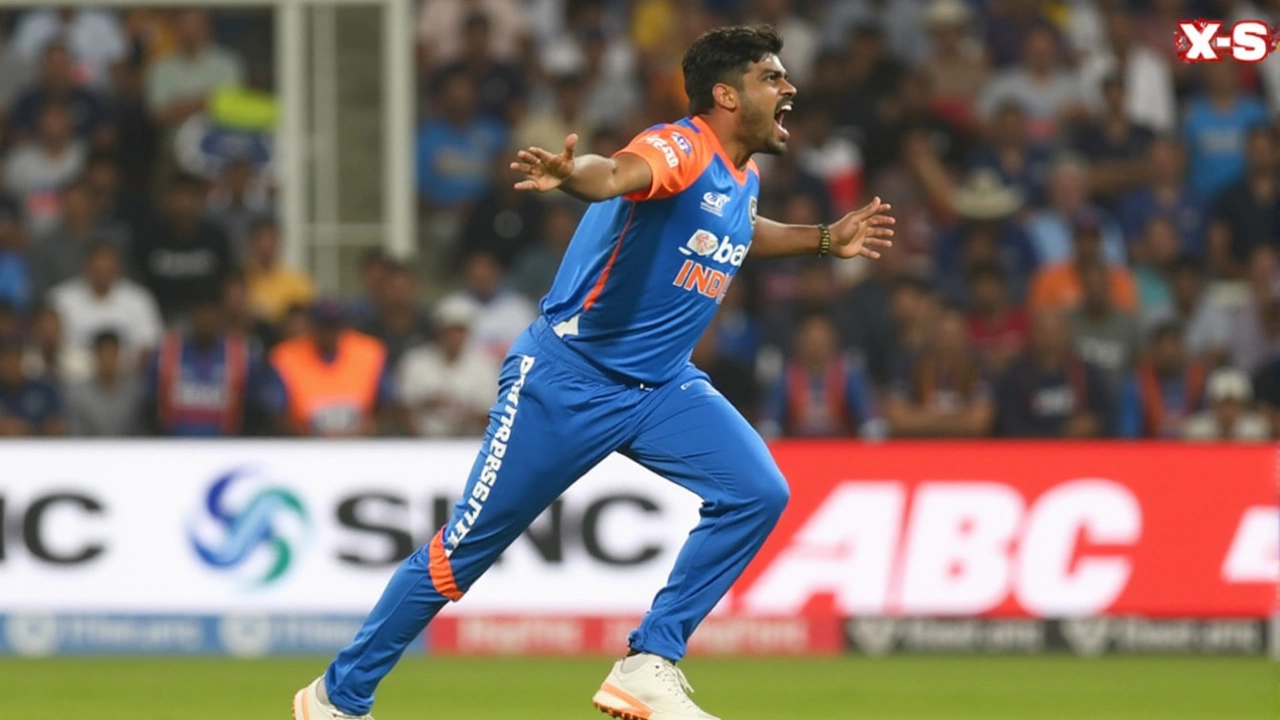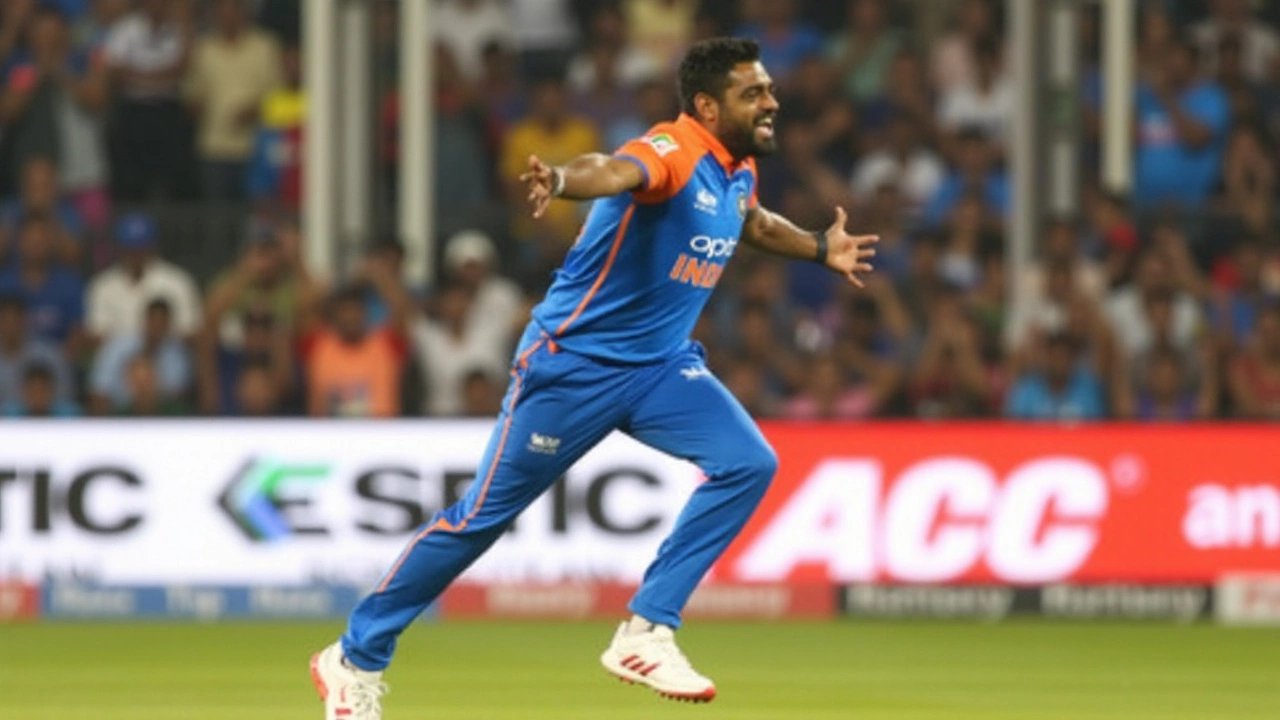Harshit Rana's Debut: A Tale of Opportunity and Controversy in Pune
In a match that would be remembered not only for its thrilling sporting moments but also for the controversies it stirred, the fourth T20I between India and England at the Maharashtra Cricket Association Stadium brought an unexpected turn of events. On January 31, 2025, the focus unexpectedly shifted to Harshit Rana, a name not originally listed in the playing XI, who made his T20I debut under extraordinary circumstances. Rana's entry as a concussion substitute for Shivam Dube became the topic of heated debate concerning ICC rules, sparking further interest in the game's integrity and fairness.
The match commenced with the crowds in Pune eagerly anticipating a competitive showdown between two cricketing giants. Dube, both a promising all-rounder and an emerging force in Indian cricket, had delivered a scintillating knock, scoring 53 runs off just 34 deliveries. His innings was instrumental in propelling India's score to a defendable total. However, the excitement was short-lived when England's Jamie Overton delivered a sharp bouncer during the 19.5th over, striking Dube on the helmet. Despite his impressive performance, this unfortunate incident led to Dube's being ruled out due to a concussion, following strict concussion protocols established by the ICC.
Impact of Concussion Protocols and the Emergence of Rana
As attention turned towards finding a suitable replacement for Dube, India's team management faced a dilemma dictated by the ICC’s concussion substitute rules. These rules require that the substitute must be a 'like-for-like' replacement, matching the injured player's skill set as closely as possible. Harshit Rana, a bowler who was enjoying his dinner without expectations of donning the national jersey that evening, was hastily thrust into the spotlight.
Rana’s unexpected debut became much more than a ceremonial inclusion. He demonstrated immense potential, bowling with precision and spirit, pulling off a spell that contributed decisively to India’s eventual 15-run victory. Rana's stellar performance, claiming three wickets for 33 runs across four overs, showcased his ability to handle pressure and highlighted his readiness for international cricket.
For India, the decision to use Rana as a substitution was validated through his immediate impact on the field. India's bowling coach, Morne Morkel, praised the young bowler's readiness and adaptability, emphasizing that once the match referee, Javagal Srinath, approved the substitution as 'like-for-like,' decisions were no longer within the team's jurisdiction. Morkel commended Rana's equanimity and performance, firmly standing by the official decision.
Controversy and Reaction from England's Camp
The decision, however, did not sit well with England’s captain, Jos Buttler, and various cricket pundits, including former England captain Michael Vaughan. Both expressed reservations about the legitimacy of such a substitution. Buttler voiced his displeasure, questioning how an outright bowler could adequately replace a batsman who contributes part-time bowling. Vaughan echoed similar sentiments, adding that the integrity of the rules appeared compromised.
The arguments brought to light the inherent gray areas in the ICC's concussion substitute guidelines. While intended to prioritize player safety, the flexibility of interpreting these rules to replace different roles—such as swapping a batting all-rounder with a specialist bowler—raised eyebrows. England’s dissatisfaction underscored the ongoing debate within cricketing circles about ensuring these protocols are applied equally and consistently across all games.

Outcomes and Future Implications
Despite the controversy, Rana’s inclusion proved to be a turning point for the game and, consequently, the series. His adept bowling efforts thwarted England's pursuit, wrapping up the series 3-1 in favor of India. His contributions on debut not only fortified India’s position in the matchup but also carved out a new narrative in the discussion surrounding concussion protocols.
This incident has undoubtedly triggered a fresh evaluation of the concussion substitute rules within cricket. As cricket continues to evolve, this match serves as a crucial case study for future policy assessments. The aim will always be to balance player safety with competitive fairness, ensuring the spirit of cricket is maintained while adapting to new challenges. As the cricketing world reflects on these events, it remains clear that the integration of historical protocols with modern circumstances can sometimes lead to unexpected challenges and opportunities.
